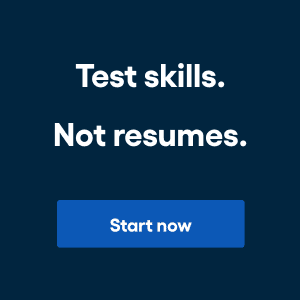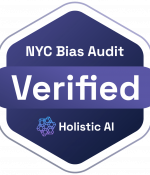The world has undeniably embraced remote working and, consequently, online interviewing. The tech sector led and main street followed, in some cases reluctantly. It’s the start of a significant and irreversible change in hiring. But that’s all it is, the start. Here’s why.
Interviewing, whether in-person or via video, doesn’t predict job performance. So conducting a live video interview via Zoom and asking the same questions you’ve always asked in the room won’t help you determine who will perform strongly on the job. It just eliminates the travel time and physical proximity.
Similarly, one-way interviewing or video interviewing – a process that allows candidates to record answers to interview questions online – is merely a more efficient version of the same thing. It saves lots of time but it’s not predictive of performance.
The best way to predict whether someone will be a strong performer is to ask them to do a job audition. It’s a skills assessment, delivered online, that can be a combination of technical tests, role play scenarios exercises that mimic what the successful candidate will be required to do on the job. Job auditions are sometimes referred to as job simulations, skills assessments or even work samples.
The most important thing about job auditions is that they test job-related skills.
Here’s the good news. If you’re already interviewing people online – even if you’re doing it yourself live – you’re one step closer to a hiring process that is both predictive and efficient. Let’s break it down.
There are two dimensions in transforming a candidate selection process: the medium and the method. The medium is whether the process is offline or online and, if online, whether it’s live or one-way. The selection method is whether it involves light screening, traditional interviewing, skills assessment or some other form of assessment. In other words, the method used to make decisions.
Step 1: move your process online
Step 2: move to one-way testing to save time
Step 3: use job auditions to test job-related skills
A one-way hiring process that tests job-related skills will help you identify the best candidates and deliver huge efficiency gains. It requires a big change in mindset, to be sure. But once you make the shift you’ll never look back. And you’ve already take the first step.




















